Which Grass Type is Best For Your Idaho Lawn?
When you’re at the ice cream shop choosing a flavor, why would you get two scoops of fudge brownie when you could get one scoop of fudge brownie and a scoop of mint chip?
Same thing with grass seed. (Stay with us here.)
The best grass seed for Idaho is actually two grass seeds mixed together.
Grab a scoop of butter pecan and a scoop of salted caramel and let’s take a look.
First, Warm Season or Cool-Season Grass?
There are warm-season grasses and cool-season grasses.
Warm-season grasses endure the hot weather of southern climates. Cool-season grasses grow quickly in the cool weather of fall and spring before going dormant in the summer heat.
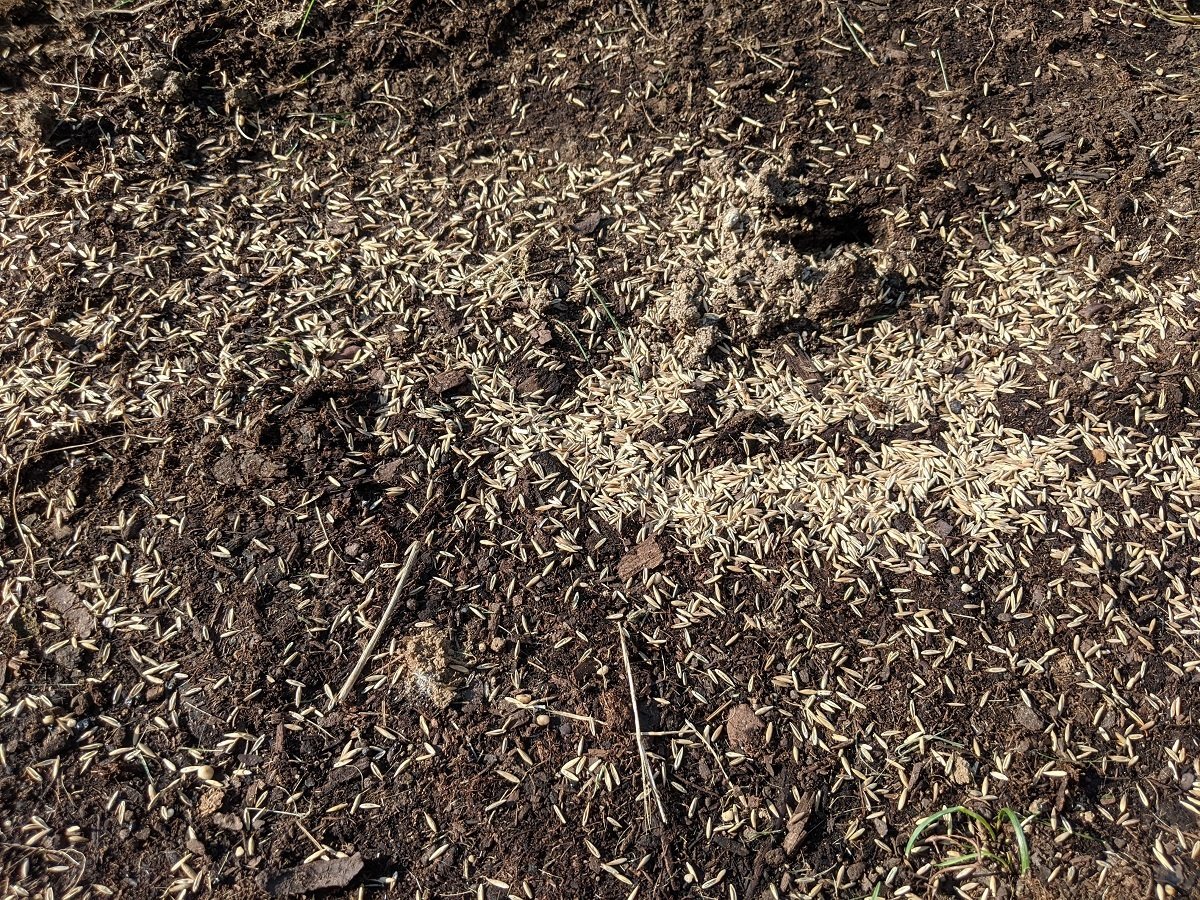
Idaho's cooler climate means that your go-to grass should be cool-season.
This type of seed is winter hardy but still holds up well in the summer heat.
A Peek at Perennial Rye: a Great Idaho Grass
Perennial ryegrass is a widely used favorite cool-season grass in Idaho. It’s known for its quick germination and lush, long-lasting color. Because it germinates quickly, it’s perfect for new lawns.
Ryegrass blends well with other grasses and adds disease and insect resistance to bluegrass mixes.
Kentucky Bluegrass: An Idaho Grass Favorite
Another favorite cool-season grass, Kentucky bluegrass is durable with a beautiful rich green color.
It’s slow to germinate but has good drought tolerance and once established, can easily repair itself from damage.
Blend these top two cool-season grasses, and you get the best grass seed for Idaho.
Why is the Best Lawn Grass Seed for Idaho a Blend?
When you want the best grass seed for Idaho, go for a mix of of 80 percent Kentucky bluegrass and 20 percent perennial ryegrass.
There’s a lot of beauty in blends.
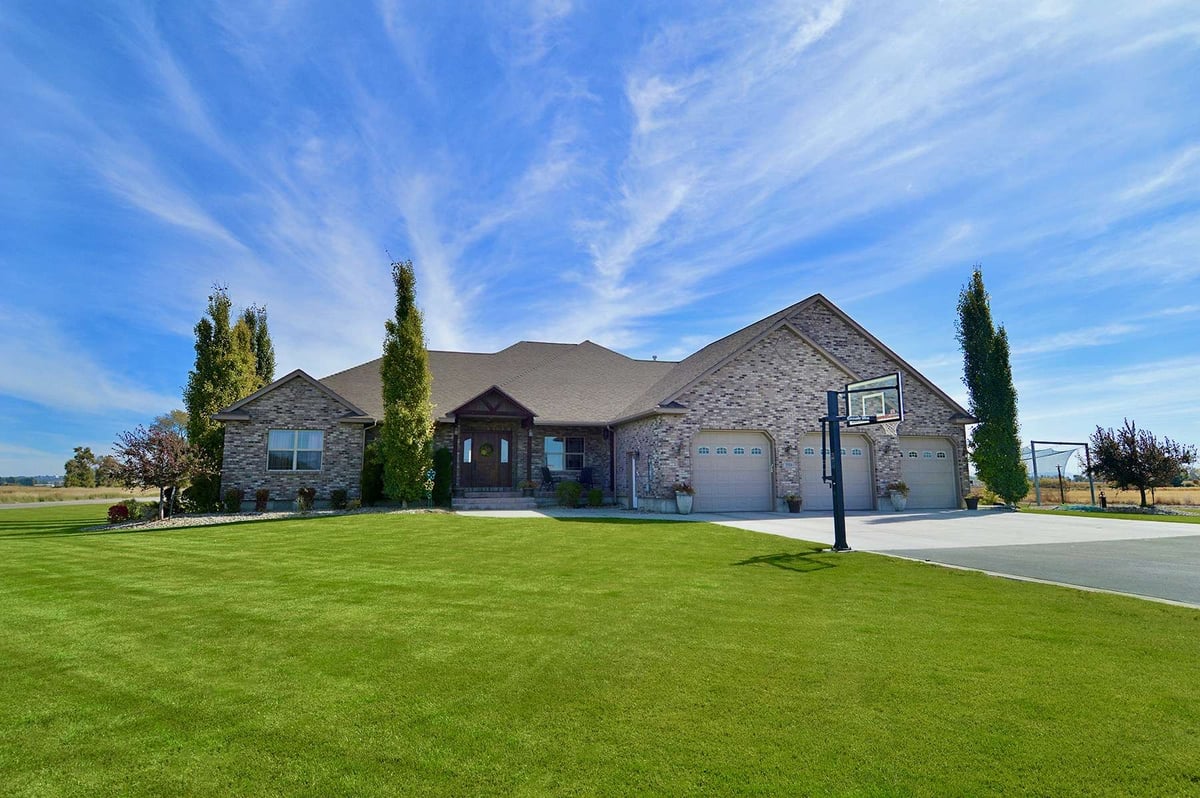
Unlike a single-variety grass seed, blends give you the benefits of more than one variety or species.
Blends are also more likely to withstand diseases than single-species lawns, because of their genetic diversity.
Using a blend reduces the chance of one grass type being wiped out by an insect or disease problem.
Different grass types also have different traits. One type may do better in drought conditions and the other may be more disease resistant.
Your New Idaho Grass Is In: Now What?
Your newly seeded lawn needs extra attention, special food, and lots of patience.
Here’s your new Idaho grass guide:
Water, Water, Water
New grass seed has to stay moist so it can germinate. It needs more frequent watering than mature grass does, in smaller amounts.
Don’t go crazy and blast the seed away — aim for light, steady watering two or three times a day.
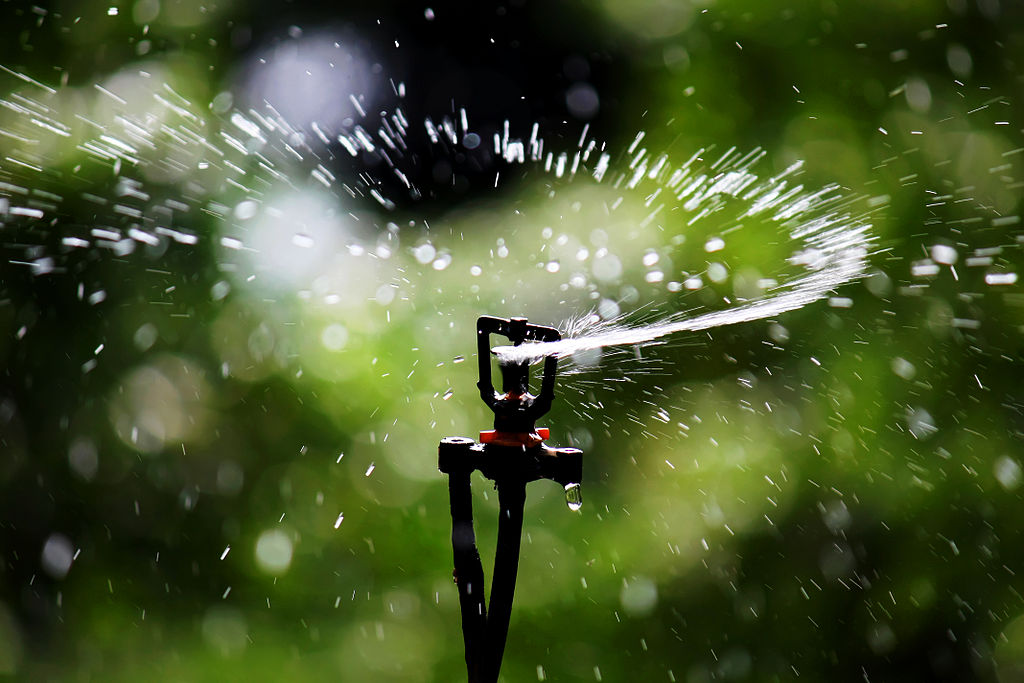
After four to six weeks, you can transition to longer periods of watering, but fewer times. That way your grass will have to search for water, sending its roots deeper into the soil. That encourages the roots to grow longer and deeper, which means your grass will be healthier.
Your New Idaho Grass is Hungry
Those tender roots need quick access to nutrients.
Apply 16-16-16 fertilizer to newly seeded lawns to promote new top growth and healthy root systems.
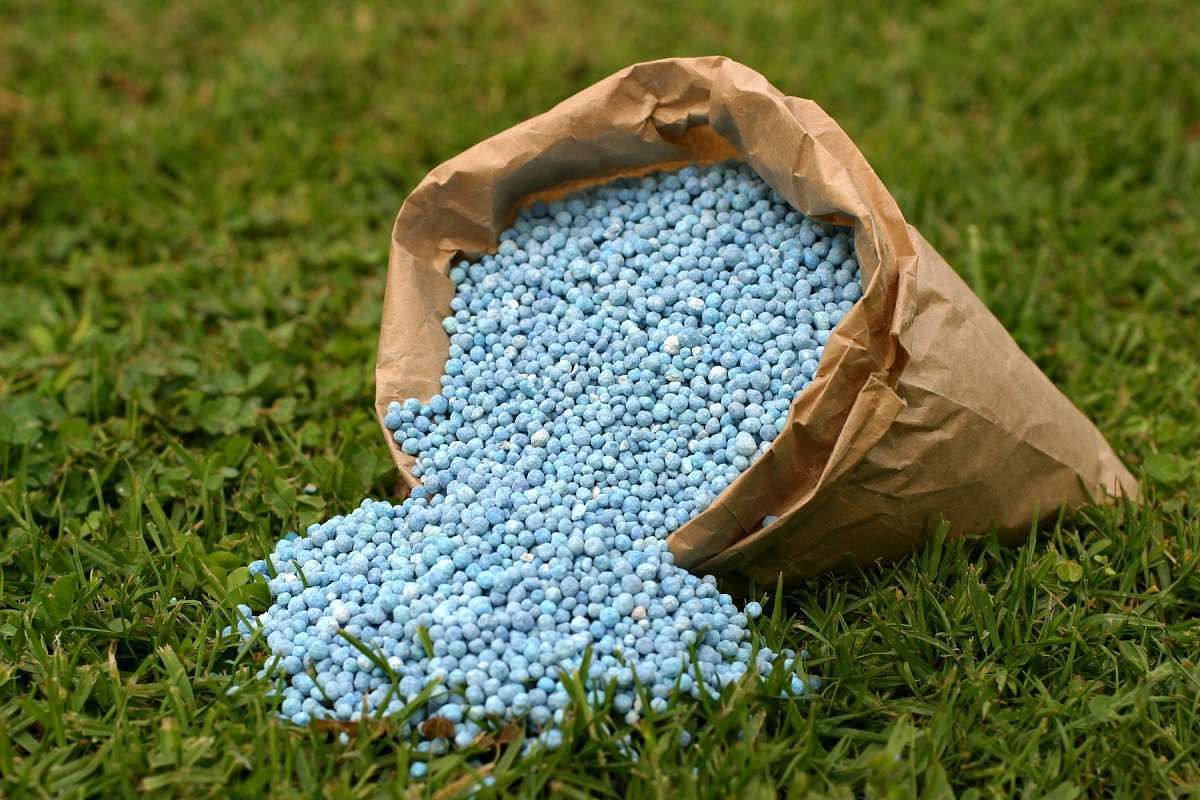
Your goal: two treatments about 4-6 weeks apart.
This helps your new grass get healthy and established before you put down any type of herbicide. (More on this in a minute.)
As your baby grass matures, it benefits from the slow-release nutrients in regular fertilizer.
Don’t Freak About Lawn Weeds
We know, the thought of ugly weeds invading your precious baby grass is hard to bear.
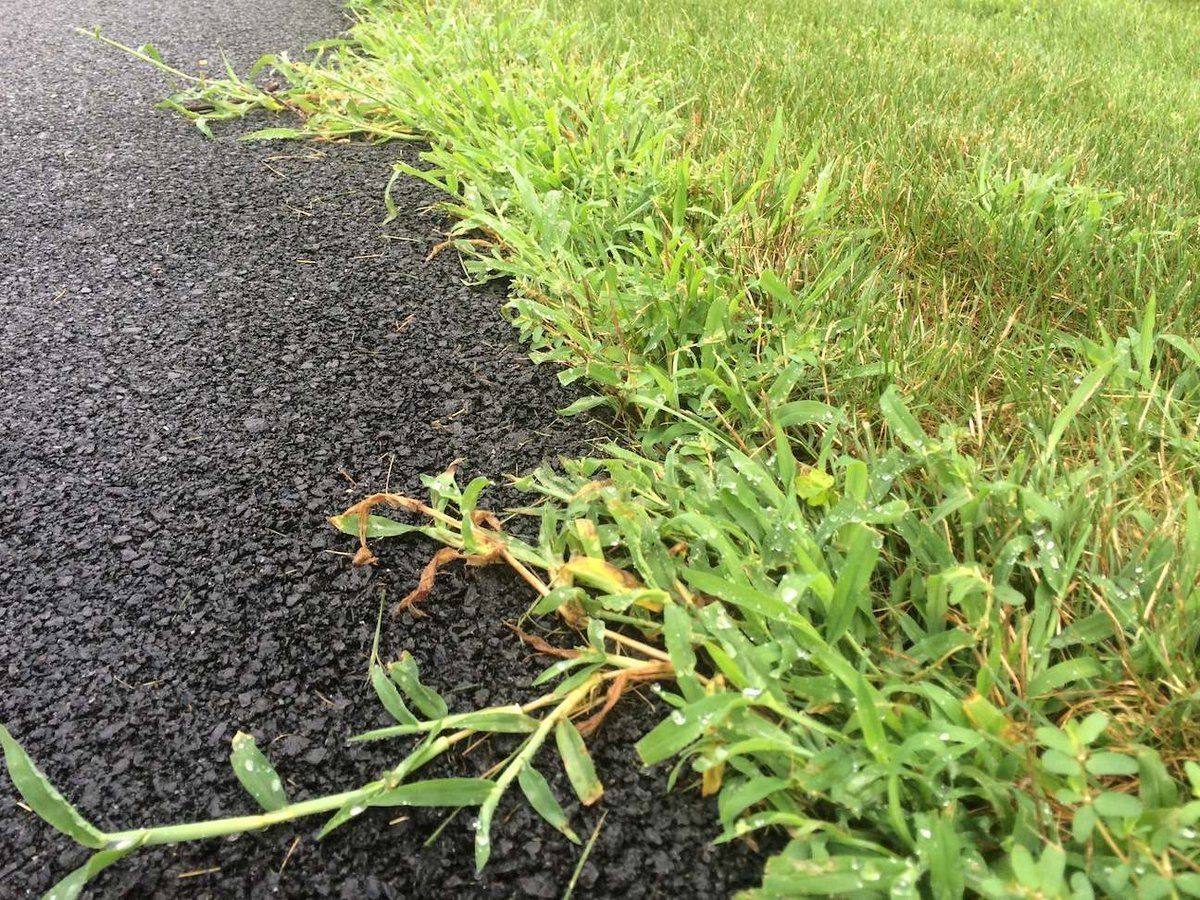
But don’t rush to apply weed killer. It’s tempting, when you see those pesky invaders sprouting in your new green lawn.
But wait until you’ve mowed at least four times before treating grass with weed control. That weed killer will also kill your tender new grass. So be patient, and wait.
Hold Off on Mowing Your New Idaho Grass
Don’t mow until your new grass is about three inches high. Make sure your mower blade is nice and sharp, and mow when the grass is dry.
Don’t mow it too short. Only remove about a third of the height. Taller grass helps a lawn grow thicker and stay greener.
Take it easy at first. You don’t want to damage that tender new grass.
Is Your Lawn Ready for a New Best Friend?
Once you have the best grass seed for Idaho sprouting happily in your yard, be sure to nourish your new grass with everything it needs to grow healthy and strong.
Choose an Idaho Falls or Boise professional lawn care service that bundles your yard’s most-needed treatments into one convenient, no-fuss plan.
Fertilizing, weed control, grub control. Done.
We’ve got your back.
Got a few minutes? That’s all you need to get started.
Fill out the form on this page.
Call us at (208) 656-9131.
Or read more about our services.
Then kick back and relax in your healthy, thriving yard.
Image Source: Sprinkler Head



